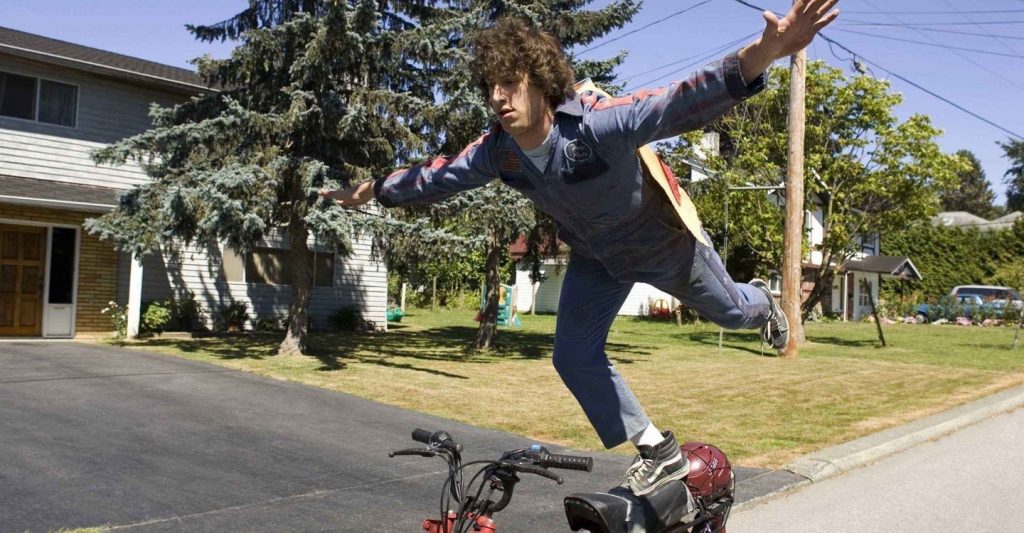What Is Risk Analysis?
Risk analysis is the process a person takes in first identifying and then analyzing any potential problems that may arise in business, education, and life in general. Taking chances is a big part of life. How well one approaches this chance-taking all comes down to preparation.

Risk analysis is the process a person takes in first identifying and then analyzing any potential problems that may arise in business, education, and life in general. Taking chances is a big part of life. How well one approaches this chance-taking all comes down to preparation. Breaking down the risk involved and being prepared to mitigate a potential negative outcome is key to analyzing risk.
RISK
Risk, by itself, can be broken down into two distinct parts. The first is the probability of something going wrong. Sometimes, this can be hard to see and if it can’t be seen easily, then it makes preparation and management of unforeseen risk much more difficult to undertake.
Many times, being unprepared has its consequences. Not being properly prepared can cost money, it can cost time, and eventually, it can cost you your reputation. On the flip side of that, if you are one to overreact or have a tendency to overestimate potential risk, you could instead create panic, which could do much more harm than good.
ANALYSIS
Being able to analyze risk is an important tool to have. It is an important skill, one that needs balance. You don’t want to be too flippant in how you approach potential risk. Having one’s i’s dotted and t’s crossed is preferable.
This tool is smart to have in order to identify what may be in store for you on the negative side. It allows you to manage potential risks and minimize their possible impact on whatever task you may be trying to accomplish.
If you have the ability to approach risk in an objective manner, you then have the ability to understand what you can and cannot control. This allows you to go after a potential problem or two with a measured approach taking the appropriate action. The benefits of this are twofold, alleviating any feelings of stress or anxiety both at work and at home.
USING RISK ANALYSIS
Risk analysis can be used anywhere. It can be used in business, it can be used financially, it can be used if you’re buying a home, and it can even be used if you’re trying to organize an event. It can also be used in education.
So, how does one use risk analysis? First, understand the project you are working on. Identify possible threats. Once identified, then estimate what possible impact they could have if they were to happen. Then determine how likely these threats could actually materialize.
For instance, financially speaking, one would want to look at stock market fluctuations. They may also want to look at potential business failures or interest rate changes. On the people side of risk, one would need to consider health – possible illness, injury, or even death.
Risk analysis can be very complex in nature. Depending on the line of business being analyzed, detailed information may need to be secured. Financial data, project plans, lesson plans, security protocols, all these things need to be broken down for potential trouble. Done correctly, though, has the potential of saving a lot of money, time, or reputation.
ASSESSING RISK IN EDUCATION
So, how would risk analysis affect education? Do we see it in classrooms and if so, what type of impact does it play? Well, the fact of the matter is that schools and classrooms see it all the time.
Article continues below headlines

The Best Type Of Butter Dish For Your Home Kitchen
The history of the butter dish is intertwined with the history of butter itself and the evolution of dining etiquette. …
Continue reading "The Best Type Of Butter Dish For Your Home Kitchen"
The post The Best Type Of Butter Dish For Your Home Kitchen appeared first on Tell Me Best.
Continue
Disney Is Dragging Their Feet on the Best Neil Gaiman Adaptation
The Graveyard Book by Neil Gaiman was published in 2008, 23 years after the award-winning author first conceived of the …Continue reading "Disney Is Dragging Their Feet on the Best Neil Gaiman Adaptation"
ContinueFirst off, risk analysis takes place at the highest level in schools. By that, we are talking about the safety and security of students and staff. Risk analysis needs to be done on how safe schools are and what happens if these safety rules are breached. Worst-case scenarios must be considered to prevent the worst but to also ensure that the best possible outcome can be accomplished.
In classrooms, there is always some type of Risk analysis taking place. From the teacher’s lesson plans to students carrying out those plans, there is always an inherent risk involved. A teacher must go over lesson plans to assess any possible negative outcomes from the lesson. Students, once they receive their marching orders, must assess first how to tackle the project, and then determine if the chosen path has any potholes.
DAILY RISK ANALYSIS
Risk analysis is a daily assignment. Whether you realize it or not, you are analyzing risk pretty much from the moment you wake up. How many times have you hit that snooze button thinking you just can’t today and calling in sick is what the doctor ordered? Then you have to decide the fallout of such a move. Co-workers who have to cover. The sick time that should be used for when it’s real.
We are always analyzing risk. Do we or don’t we? What are the consequences? The hope is, through enough risk analysis, we make the right decisions.







